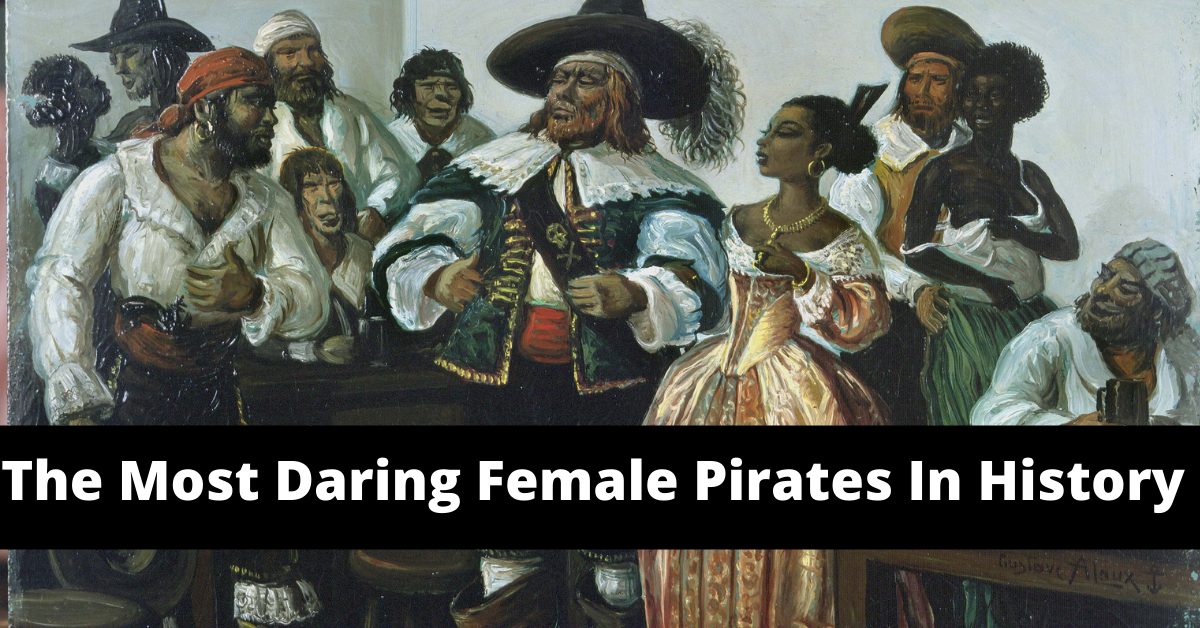Female pirates were made mainstream with Keira Knightley’s portrayal of Elizabeth Swann in the Pirates of the Caribbean franchise, but although Elizabeth Swann is a fictional character, history has seen its fair share of real female pirates. Here are the five most notorious and fascinating female pirates in history.
1. Jeanne de Clisson, “The Lioness of Brittany”
Starting off our list is Jeanne de Clisson, better known as the “Lioness of Brittany,” earning that nickname after avenging her husband’s untimely death.
In 1330, Jeanne married a man named Olivier de Clisson. Together, they had five children and had a happy marriage. However, when the Duke of Brittany died without an heir and a war of succession broke out in the area of Brittany, the French monarch came to believe that Olivier had betrayed France and was ultimately beheaded.

(Photo Credit: Wikimedia Commons)
Upon hearing of her husband’s execution, Jeanne de Clisson swore vengeance on any allies of the French King who had killed her husband. She sold all of her land, jewels, clothing, and furniture to buy three black ships. She painted the ships’ sails all red to mimic the look of blood, and eventually, her ships gained the nickname “the Black Fleet.”
Jeanne and her fleet set off into the English Channel to prey on French ships. She allied herself with the English and pursued any French ships she came across in the Channel. She earned her nickname “the Lioness of Brittany” by insisting on personally decapitating any French man born of noble birth.
By 1356, Jeanne had retired from piracy and remarried for a third time. She eventually died in France in 1359.
2. Sayyida al Hurra, Queen, Pirate, and Independent Woman
Sayyida al Hurra was born around 1485 in the Andalusian city of Granada, Spain, to a prominent Muslim family. In 1492, her family along with fellow Muslim and Jewish families fled the city when Spanish monarch Ferdinand and Isabella conquered Granada.
Sayyida and her family settled in Chaouen in northern Morocco, where she received a first-class education, studying languages, theology, and mathematics. When she was 16, Sayyida married al-Mandri, a friend of her father’s and the governor of Tétouan, another city in northern Morocco.

(Photo Credit: Oxygene Tetouan/ Wikimedia Commons)
Sayyida assisted her husband in governing Tétouan, and after his death in 1515, she inherited his position. She was the last person in Islamic history to legitimately hold the title “al Hurra,” which translates to “queen” or “lady who is free and independent.”
Perhaps because she wanted revenge on her “Christian enemy” that forced her out of Granada, Sayyida al Hurra turned to piracy and contracted with famous Turkish pirate Hayrettin Barbarossa of Algiers.
Together, Sayyida and Barbarossa ruled the Mediterranean Sea, with Sayyida controlling the western portion of the Sea while Barbarossa roamed the eastern side.
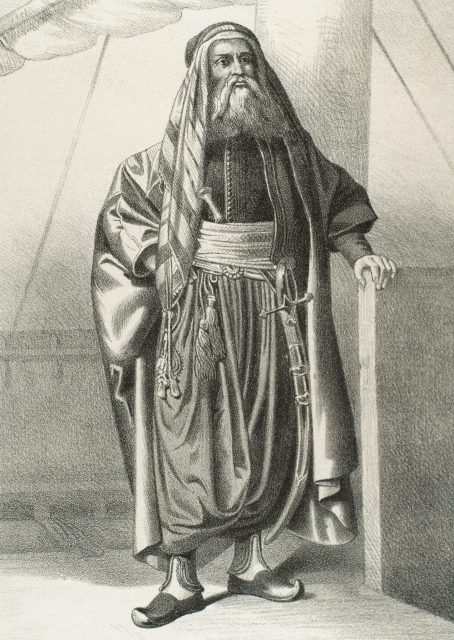
(Photo Credit: PHAS/ Universal Images Group via Getty Images)
At the height of her pirating power, Sayyida al Hurra married a second time to the King of Morocco, Ahmed al-Wattasi, in 1541. However, she refused to give up her seat of power in Tétouan, and instead of traveling to Fez for the wedding, she insisted Ahmed al-Wattasi come to Tétouan. It was the only time in Moroccan history that the Sultan has married outside of the capital city.
Sayyida al Hurra’s power did not last. In 1542, her son-in-law Moulay Ahmed al-Hassan al-Mandari arrived in Tétouan with a small army and overthrew his mother-in-law. Sayyida al Hurra spent the remainder of her days in her childhood town of Chaouen, living to the age of 75.
3. Anne Bonny
One of the most famous and well-known female pirates is Anne Bonny. Born in Ireland in 1698, Anne was the illegitimate daughter of lawyer William Cormac and his servant Mary Brennon. Anne’s father began dressing her up as a boy and referring to her as “Andy,” telling his wife that Andy was in training to be a law clerk.
Her father later moved Anne to America, where she started acting out and rebelling against him. According to Charles Johnson’s 1724 book A General History of Pyrates, Anne had a fierce temper, and when she was 13, she killer her maid with a knife. Her father disapproved of how Anne was acting, and in 1718 when she married James Bonny, her father disowned her.
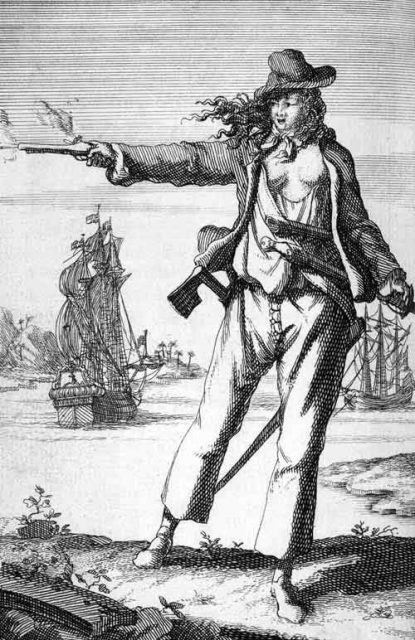
(Photo Credit: Wikimedia Commons)
Together, she and James set sail to the island of New Providence (now Nassau) in the Bahamas, where she met pirate John “Calico Jack” Rackham. She and Calico Jack became lovers, and when James Bonny wouldn’t divorce her, Anne and Calico Jack eloped and went to sea together.
It was at sea on Calico Jack’s ship where Anne Bonny, dressed as a man, met fellow female pirate Mary Read, who was also dressed as a man. Throughout the summer of 1720, Anne and Mary led a spree of raids against small fishing boats and training sloops. In October of 1720, Calico Jack’s ship was captured by pirate hunters, and he and many of his crew members were executed.
Both Anne Bonny and Mary Read were able to avoid execution because it was found out they were both pregnant. Anne’s fate remains largely unknown, although A General History of Pyrates notes she remained in jail for a portion of time, she has largely become lost to history.
4. Mary Read
Like Anne Bonny, pirate Mary Read got herself wrapped up with John “Calico Jack” Rackham. Born in England at the end of the 17th century, Mary Read dressed as a boy for most of her life. Her mother started dressing her as her dead half-brother to get money from her in-laws. Mary Read continued wearing male garb until Anne Bonny outed her on Calico Jack’s ship.
Read went on to join both the British army and the Flemish army, fighting as a man in the War of Spanish Succession. Eventually, Read married a Flemish soldier, and they moved to the Netherlands, where they remained until his death.
Mary, realizing she had limited funds, once again disguised herself for a time, and after a brief stint with the military in Holland, she decided to leave for the West Indies.
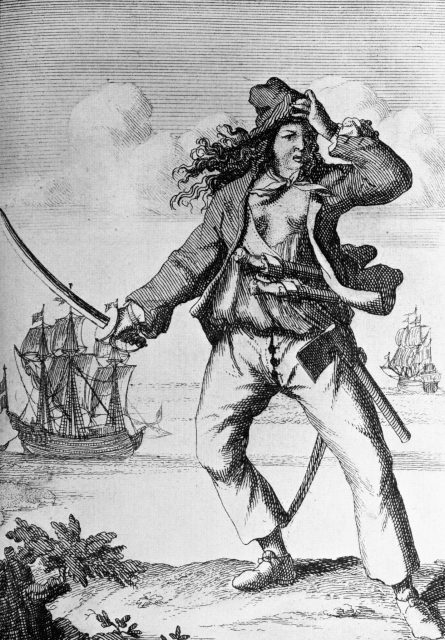
(Photo Credit: Bettmann/ Getty Images)
It was on this passage to the West Indies that English pirates ransacked the ship Mary was on. Still dressed as a male, Mary became part of the crew and took up pirating from 1717–1719. In 1719, the English king offered pardon to any pirate in the West Indies who voluntarily surrendered.
Mary’s crew took this pardon, and they returned to land, where Mary briefly served as a privateer for the Royal Navy. However, eventually, Mary’s money began to run out and she once again returned to pirating.
In 1720, Mary joined the crew of Captain Jonathan “Calico Jack” Rackham where she became close friends with Anne Bonny. Mary was still dressed as a male during this time, and Calico Jack became jealous of Anne and Mary’s relationship, thinking they were romantically involved. It was only then that Mary revealed herself to be a woman after Calico Jack threatened her life.
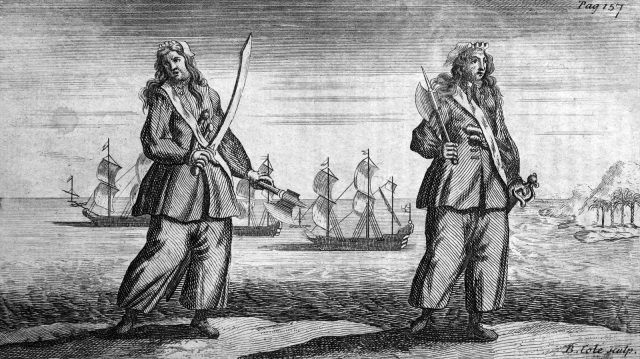
(Photo Credit: Wikimedia Commons)
Like Anne Bonny, Mary Read was taken prisoner and sentenced to death when Calico Jack’s ship was captured in October, 1720. Mary Read also claimed to be pregnant to avoid execution, but died of a fever while in prison. Anne Bonny and Mary Read were the only known women convicted of piracy in the 18th century.
5. Lo Hon-Cho, A Modern Day Pirate
The most recent female pirate on our list is Chinese pirate Lo Hon-Cho who operated briefly around 1920.
In 1921, following her husband’s death, she reportedly took command of her husband’s 64-ship pirate fleet. She began to terrorize the countryside around Beihai. She was known for capturing women from small villages and selling them into slavery.
More from us: 5 More Female Pirates Who Ruled The Seas
Lo Hon-Cho’s reign didn’t last very long. In 1922 her fleet was intercepted by a Chinese warship and 40 of her vessels were destroyed. Lo Hon-Cho was handed over to Chinese authorities by her crewmen in exchange for clemency.
